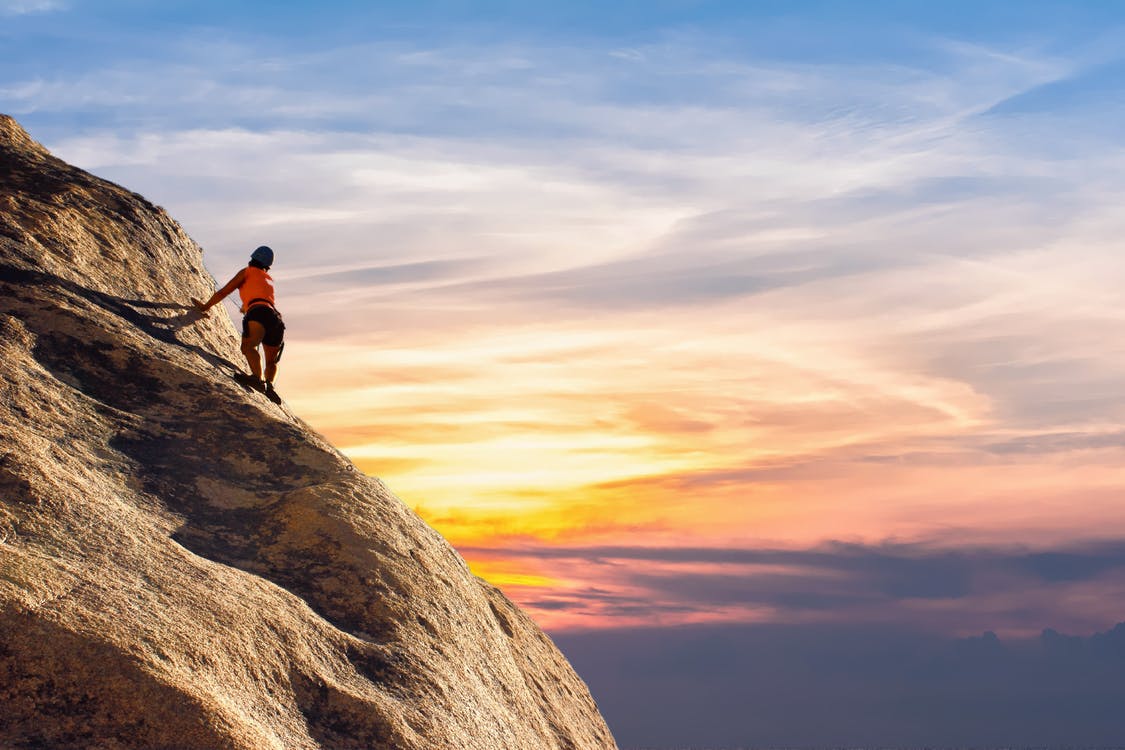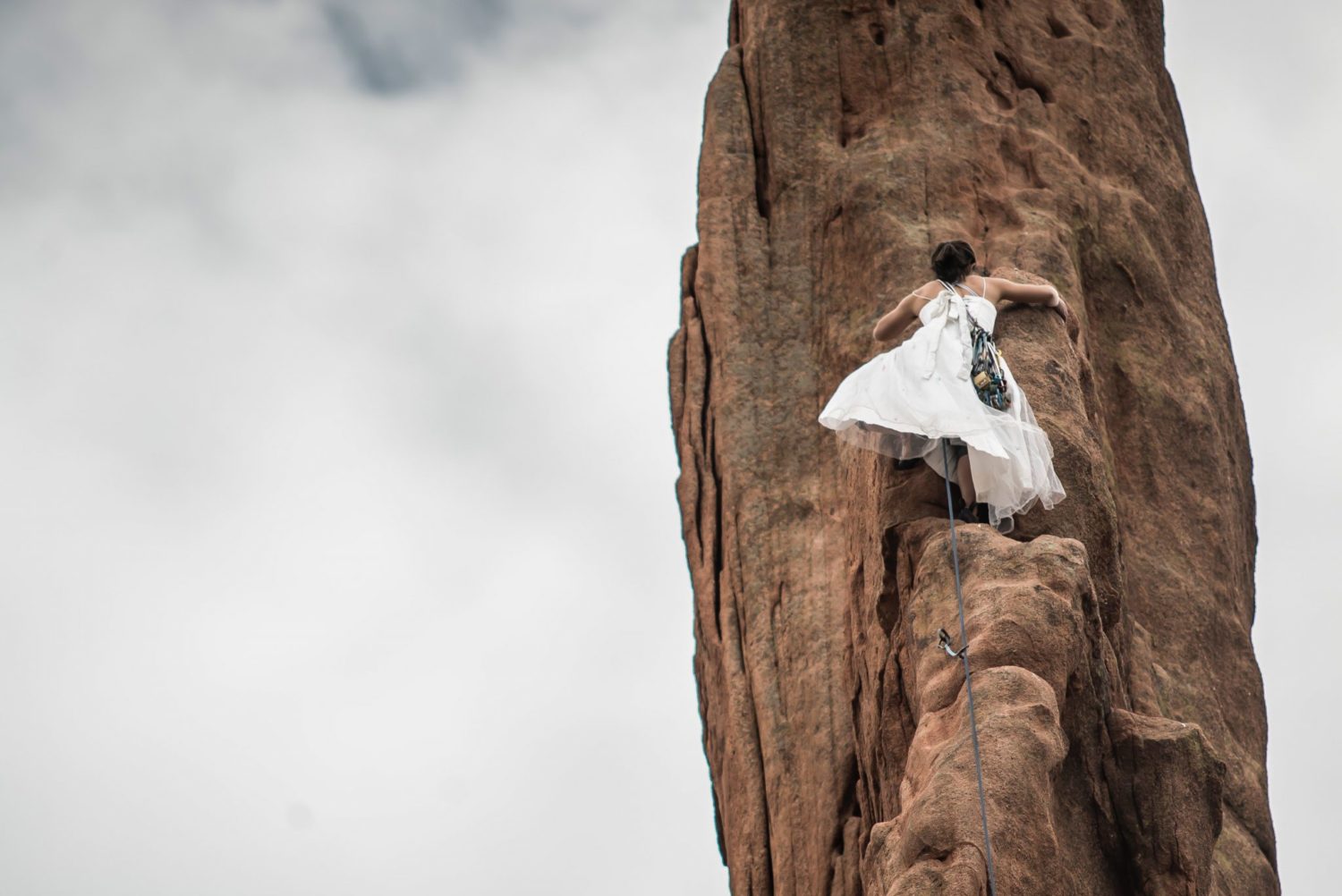
Bravery: Looking for challenges and overcoming obstacles
Bravery. In 1967, the Boston Marathon was an all-male event. Still, Kathrine Switzer became the first woman to run it and complete it. She had to register hiding her woman’s name, but thanks to her courage, changed the history sports and running. Many doctors and trainers felt that the distance of 42.195 kilometers could not be completed by women. During the race, the organizers tried to rip her running bib and disqualify her. However, she managed to cross the finish line in 4 hours and 20 minutes, accompanied by her boyfriend, demonstrating that women could complete the classic distance of 42 km.
After 50 years, Katherine Switzer returned to the Boston Marathon and crossed the finish line 4 hours and 44 minutes later at 70 years old. If we ask ourselves what is bravery people might say “to know that you have everything against you and still, to face all the obstacles to make your dreams come true”.
What is bravery? -Definition
As kids, we have all had heroes? We have all played cops and robbers? “I’m playing a cop because I don’t want to be a bad guy!” Bravery is a highly valued feature in society. However, when the time comes, many of us don’t act bravely in some situations.
Merriam-Webster dictionary establishes bravery as the quality or state of having or showing mental or moral strength to face danger, fear, or difficulty.
Therefore, we could define bravery as the capacity of the human being to be aware of their fears, to face them and to bear them.
Cowardice is the opposite of bravery and it means “fear or lack of courage that prevents facing difficult, dangerous or risky situations.”
Situations that require bravery are very subjective. For some people, a seemingly difficult situation might appear easy to handle while for others it might require a great amount of bravery.
What is not bravery?
In order for bravery to exist, we need to fear something. It’s common to hear people saying they are afraid and society calls them cowards. However, it turns out that to be brave it’s essential to be afraid.
So what about people who are not afraid? or people who “risk too much”? Throughout your life you have probably encountered people that seem to live on the edge, risking their lives every day, sometimes even recklessly. We tend to think of these people fearless, nonetheless, many of them do fear but are “sensation seekers”.
Sensation seeking individuals are people who need to live exciting situations, that generate strong emotions, even dangerous ones. In this case, however, it is not bravery we are talking about but rather a recklessness.
The difference strives in that recklessness is to carry out a risky and dangerous behavior to feel physiological activation (similar to anxiety). Meanwhile, the main aim in bravery is to overcome a dreaded situation, to face the difficulties, to grow from it and move on.
Bravery Situations
At this point, we will try to apply all this information to our day to day. On a daily basis, we encounter situations that give us fear. This is great because they are our opportunities to act with bravery.
- Speaking in public: Conferences, meetings, presentations or situations in which the attention of a group of people is focused on us and what we say. Since situations like these are difficult to be avoided the best way is to face them with bravery.
- Say no: How many times have we accepted things we do not want because we haven’t dared to deny them? The real fear is not the word “NO”, but rather having to face the consequences. Angering the other person, peer pressure, feeling awkward, etc. This is the reason why so many adolescents who start substance abuse have a hard time saying no. They need bravery to say no or assertiveness techniques that can help them improve their social skills.
- Criticism: It goes hand in hand with the previous one, adding the guilt and fear of hurting the other person. You want to tell your partner, friend or loved one that what they are doing you don’t approve, that you feel sad, angry, uncomfortable … and when you finally decide to tell him, you can’t find words and you don’t want to create a conflict. You end up accepting what you didn’t want just to avoid acting with bravery.
- Defending Rights or Ideas: I love to listen to people who debate, how bravely they defend their ideas and rights with grounded arguments. By defending their points of view there is always fear of being judged, giving the wrong impression, etc. Therefore, it takes bravery to defend your thoughts, listen to other people but also recognize if you are wrong.
- Facing the unknown: Leaving our comfort zone is one of the most courageous actions. It means taking risks without knowing fully the result that we will get. Innovate, change, break routines, comes with tolerating uncertainty, because the unknown scares us.
- Join a group: This is the ultimate bravery test, since joining an already formed group is a daunting experience. You start to think, what if I don’t fit in, what if I say something silly, etc. It’s best to be courageous and jump right in.
Tips to act with bravery
1.Be aware of what scares you: You can do this by asking yourself about the situations you are avoiding. Why don’t you do it? Have you done it more than once? What do you feel when you think about facing that situation?
2. Value your abilities to face the situation with bravery and efficiency: Am I ready?, What tools do I need to face this?
3. Evaluate the consequences of facing the situation: What are the alternatives? what is going to happen afterward? By evaluating the situation we can be prepared to handle with bravery any difficulties that may come our way.
4. Have a specific goal: Sometimes, we give up before trying because we lose sight of the goal that we had in the first place. Ask yourself “why is this battle important?, what do I want to achieve? what purpose do I have for acting bravely?
5. Be aware of the steps needed to face the situation: Create a plan. A person with a plan is stronger and capable of facing the situation with bravery. Imagine a ship, with no direction, what will happen if a storm comes? Will it end up in the “middle of nowhere”? However, with a crew and a captain that has a goal and steps to it, the ship will always find its way back on route.
6. Share your achievements: As I mentioned before, bravery is well seen. If you talk to people about your achievements, you will see that it is very well received. This will give you security and improve your self-esteem.

Bravery
Tips to Develop Bravery
We are not born brave therefore we must forget it is something we are since birth.
- The power in changing how we refer to ourselves.We must forget the verb “to be” and speak more in terms of “to do or to act”. It may seem silly but it’s not. We often think “you are such a coward” “I have to be brave”. This just increases pressure on ourselves because we can’t always be brave, but we can “act” brave, we “can do” things bravely. With the verb to be, we generalize however, do you always act in the same way? Is there no possibility of improvement? Remember, it is not that you are a coward, it is that your actions are not brave at that moment.
- It is very important to know that fear is something natural. It protects us from the real danger and helps us survive. If you understand this, you will begin to see that being afraid is not the same as being a coward. It will help you to think more postively and adopt a more corageous attitude as well as take care of your self-esteem.
- Focus on small goals and you will see your progress. Enjoy every step of the challenge and face the dreaded situation with bravery. Draw a line on a piece of paper place on one side your main goal and on the other yourself. Try filling small goals that might help you reach the main goal, throughout the page, and this will help you keep organized.
- Surround yourself with people you trust: Personal ties are essential. Intimate social relationships are very important. People that know you very well, flaws and everything and still bet on you are a great source of motivation. In the initial example, by Kathrine Switzer, I mentioned that her boyfriend accompanied her throughout the entire race. He did even more, he laid a trap for the judge who wanted to rip her running bib. That’s what I mean by having people you trust close by, people who make the obstacle easier to face.
- Remember that to face a task with bravery we need to be prepared if not we are being reckless.
To catch the bull by its horns without learning to fight pure recklessness.
Absence of fear is not bravery
Urbach Wiethe’s disease
- It is also called lipoid proteinosis. It is a rare disease discovered by neuropsychologist Justin Feinstein. His studies were mostly done in the California Department of Technology, in Pasadena. People were subjected to tests in which the normal population would experience fear reactions, but in people with this disease they did not.
- As explained in this article, lipoid proteinosis is inherited, from a recessive gene. It occurs in both men and women and has a progressive course.
- Its physical manifestations are dysphonia and symptoms appear in the skin, mucous membranes and other internal organs.
- In this case study carried out by UCLA, the symptoms of Urbach Wiethe disease are calcifications, mainly in the medial temporal lobes, affecting the amygdala (structure that plays a fundamental role in sending the signal of fear and that is part of the limbic system).
Fear is a basic emotion. It is so useful that we have survived thanks to it. It is necessary for our existence and yet, many times we wish we didn’t experience it. When we act with bravery, we feel stronger, less vulnerable and fragile. Our fears can sometimes take over us, but the solution is not to not feel it but to face it and get strength from it.
We leave you this cute and encouraging video of how a child views bravery. We hope you enjoyed this article and feel free and brave to leave a comment below.
“Don’t be afraid of your fears. They’re not there to scare you. They’re there to let you know that something is worth it.”
― C. JoyBell C.
This article is originally in Spanish written by Patricia Sanchez Seisdedos, translated by Alejandra Salazar.












